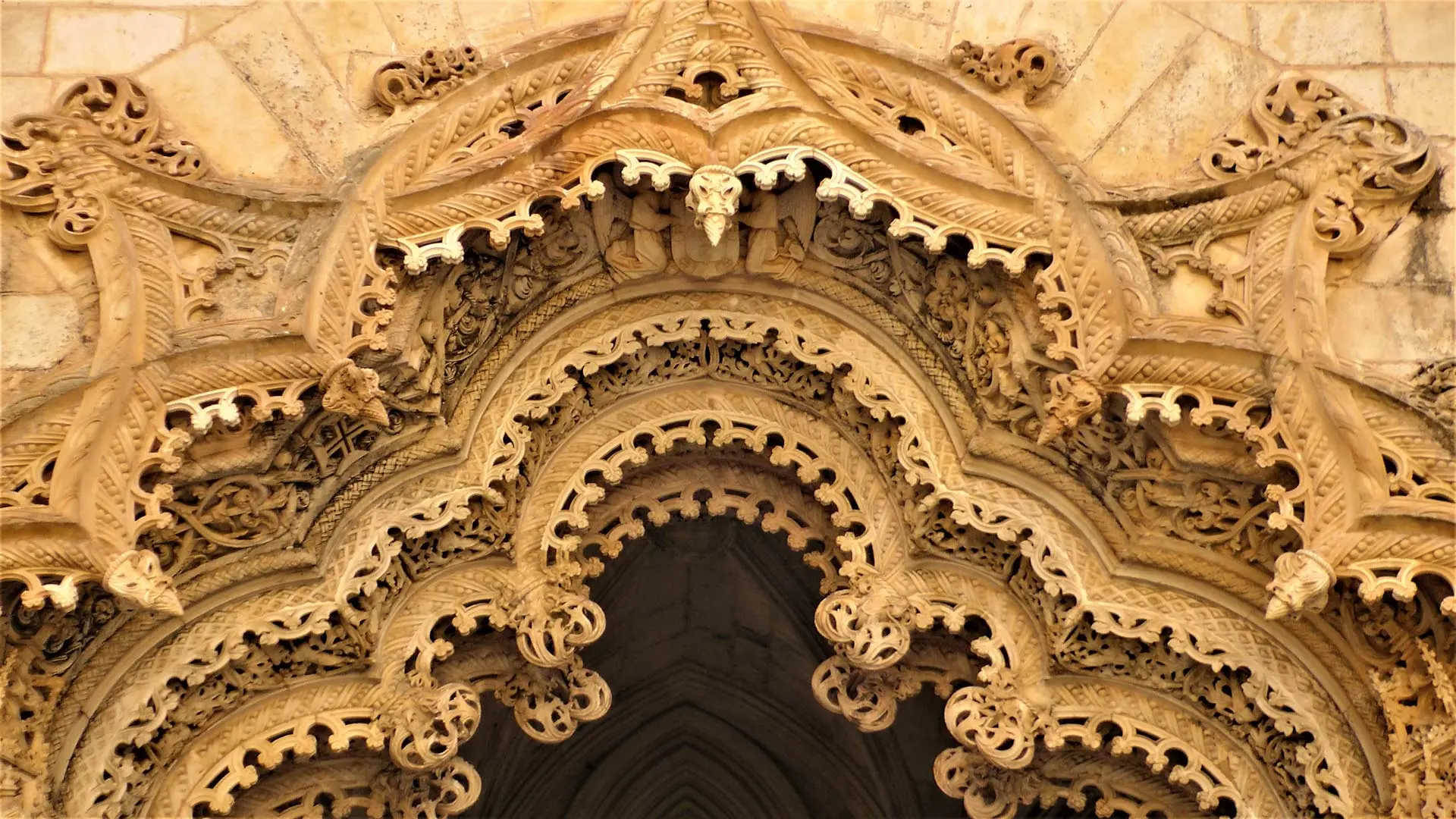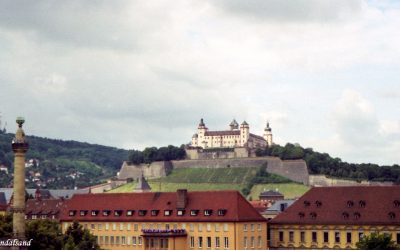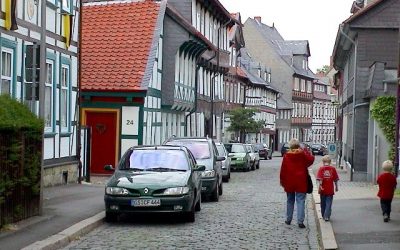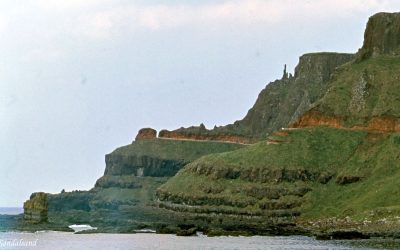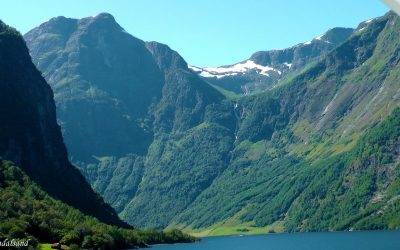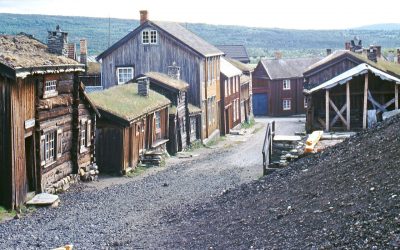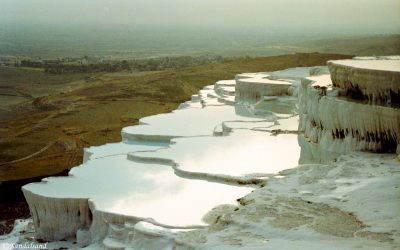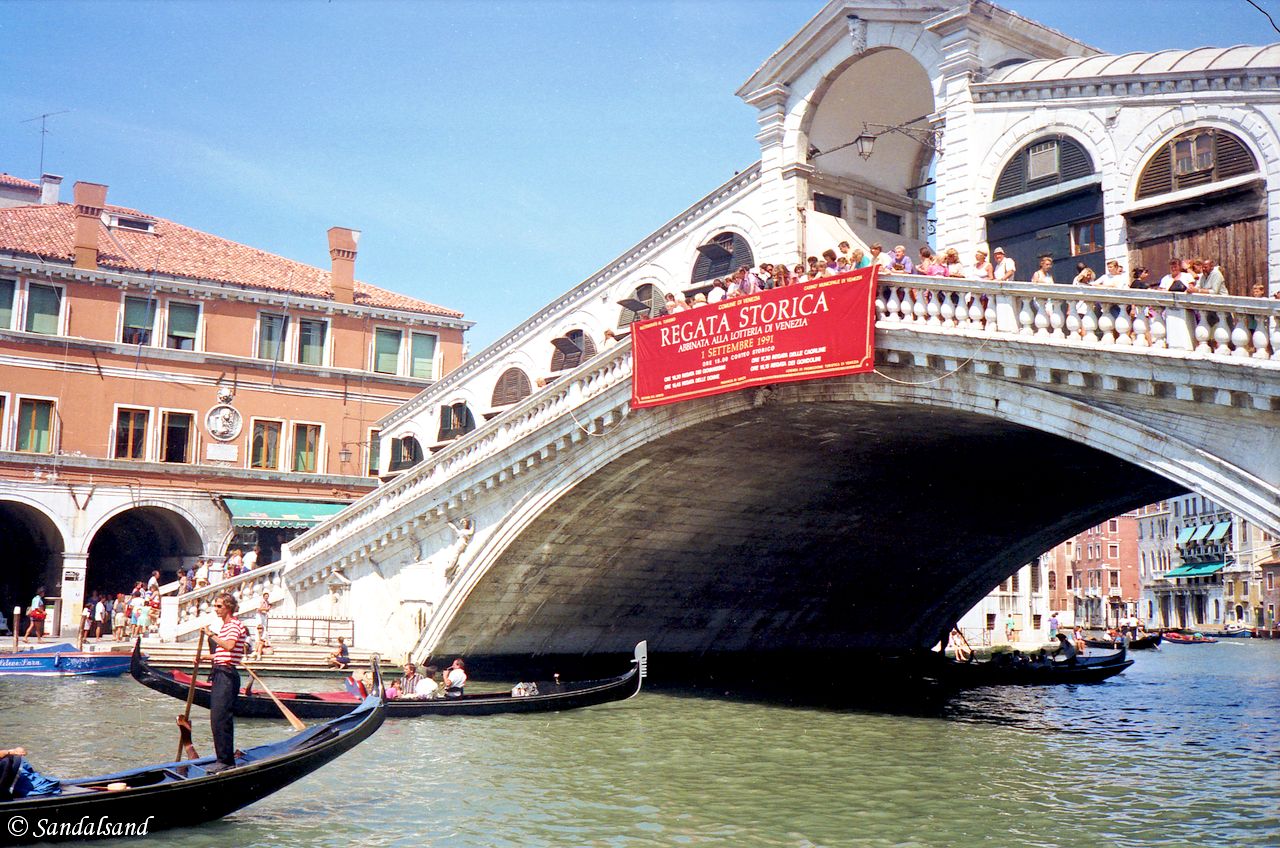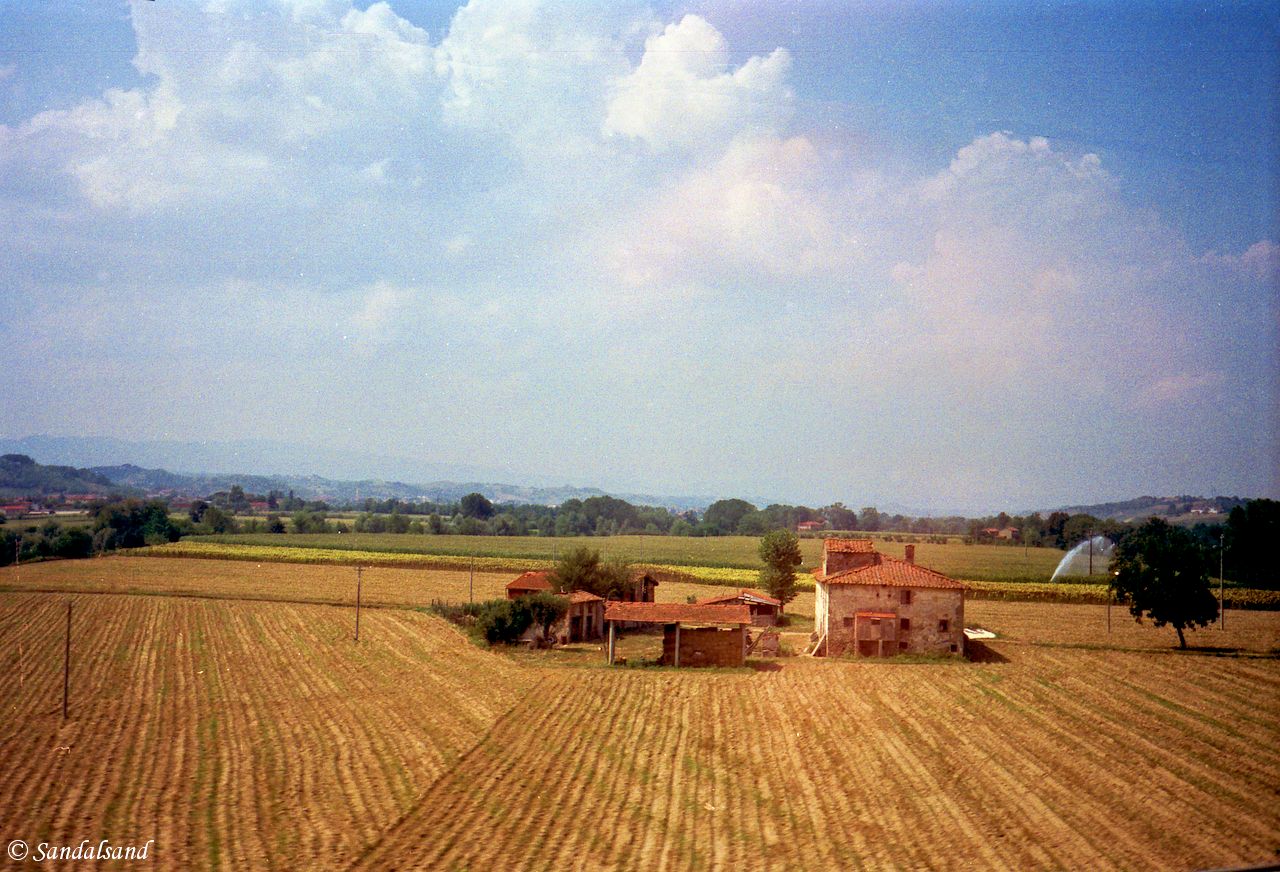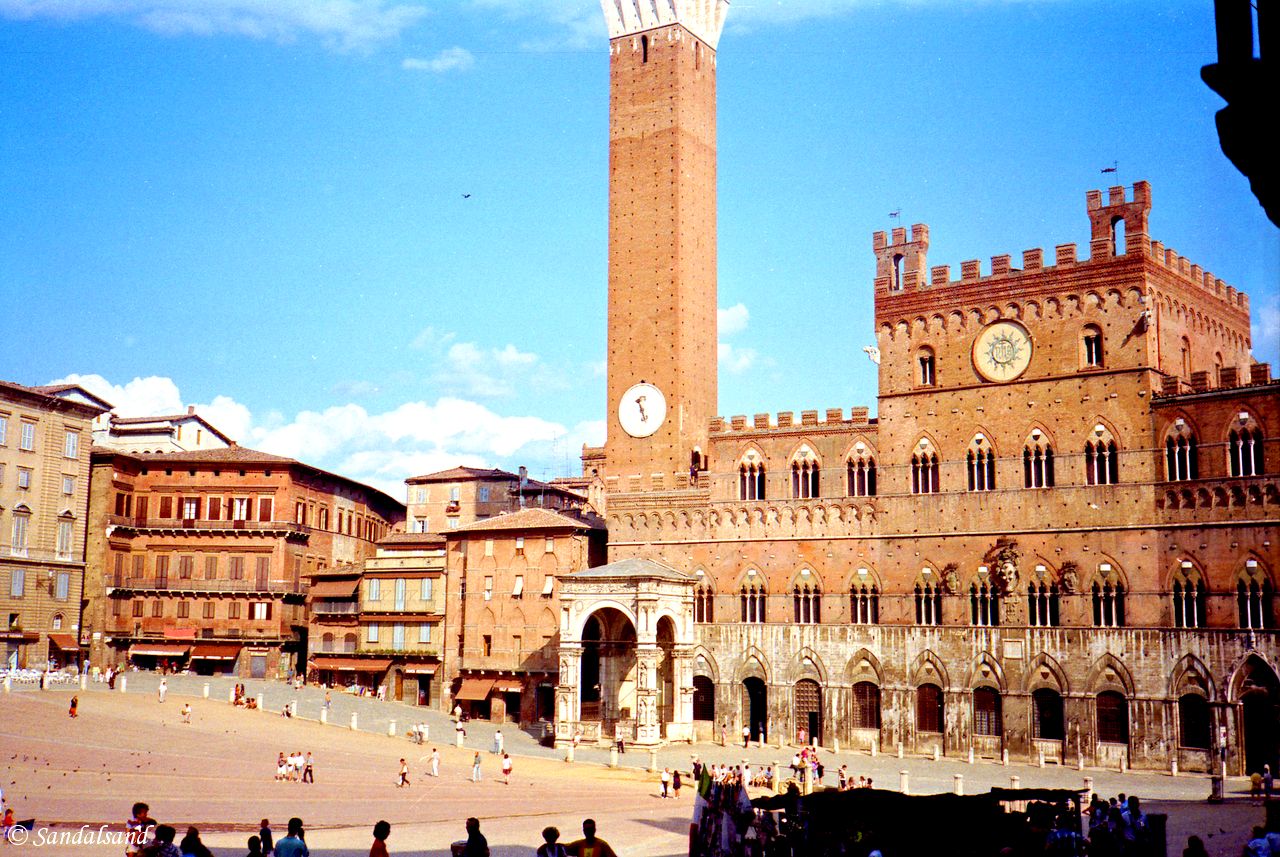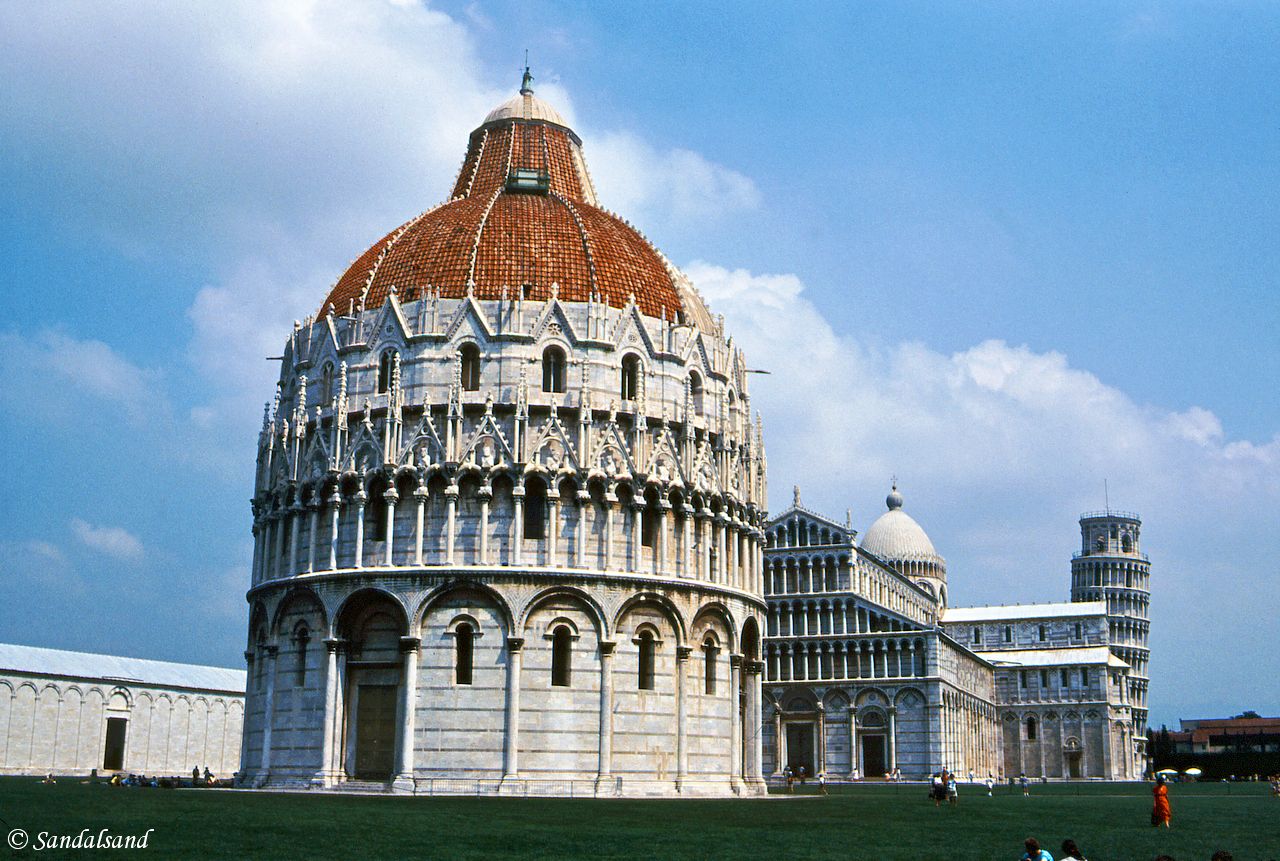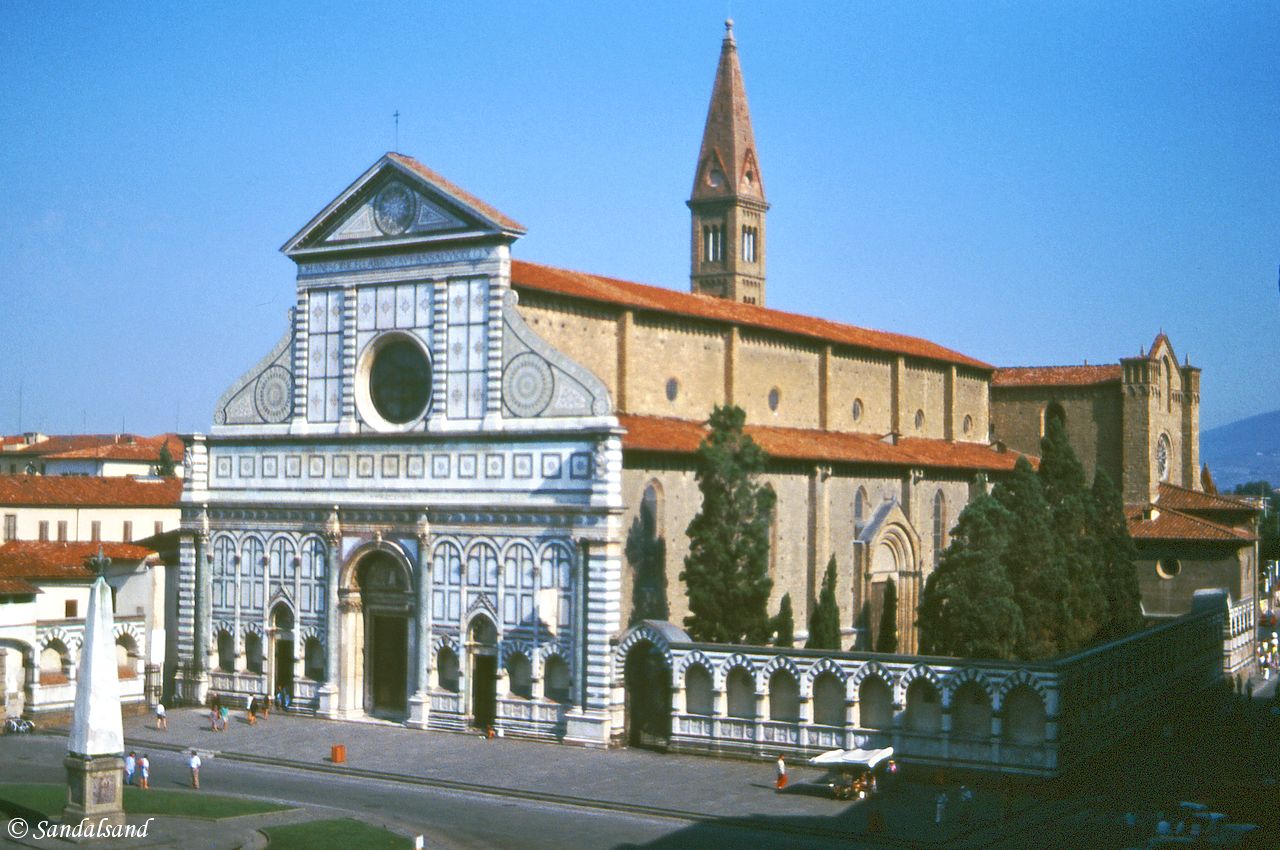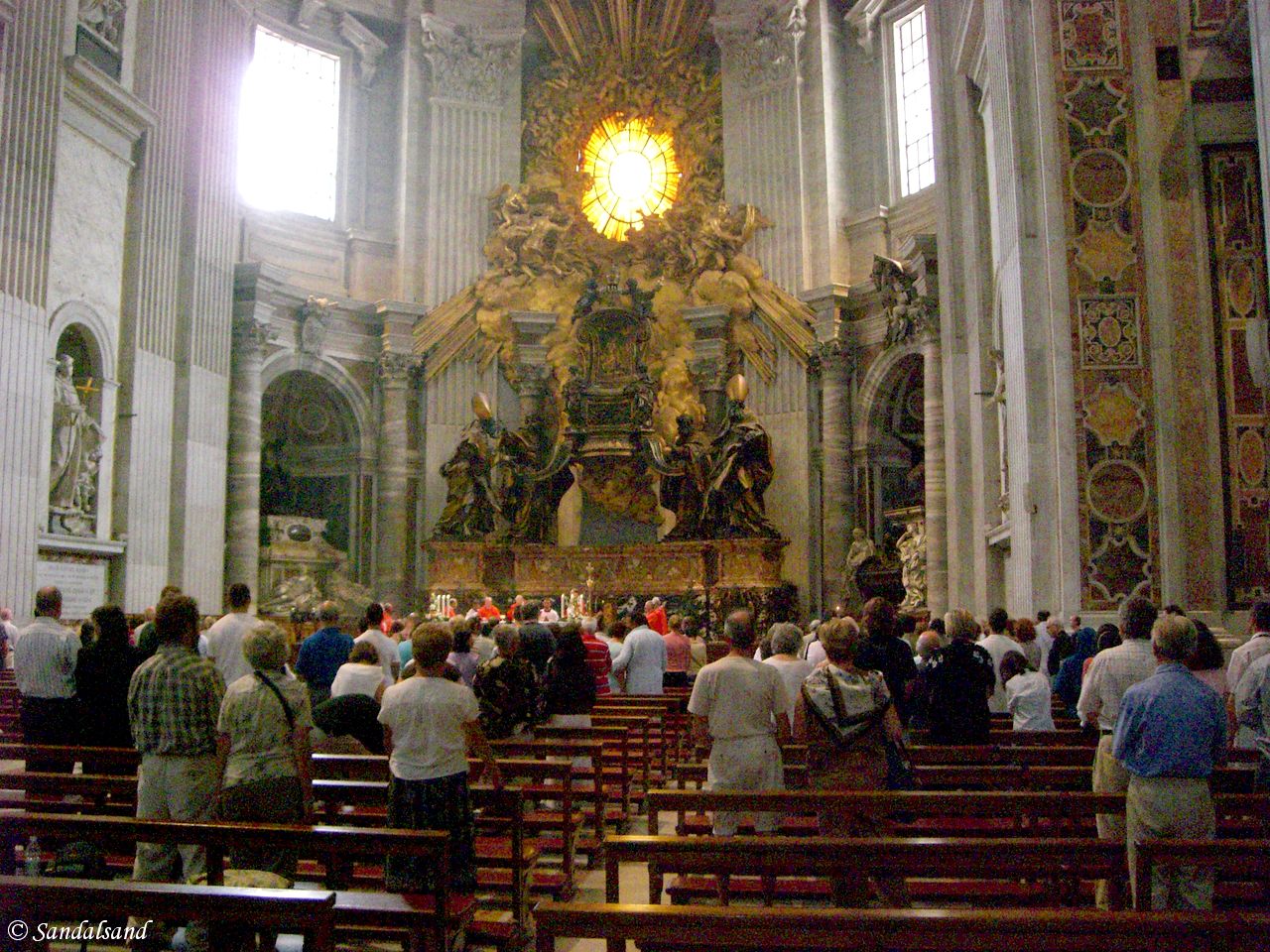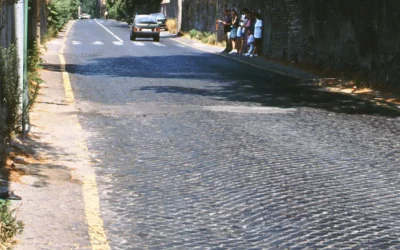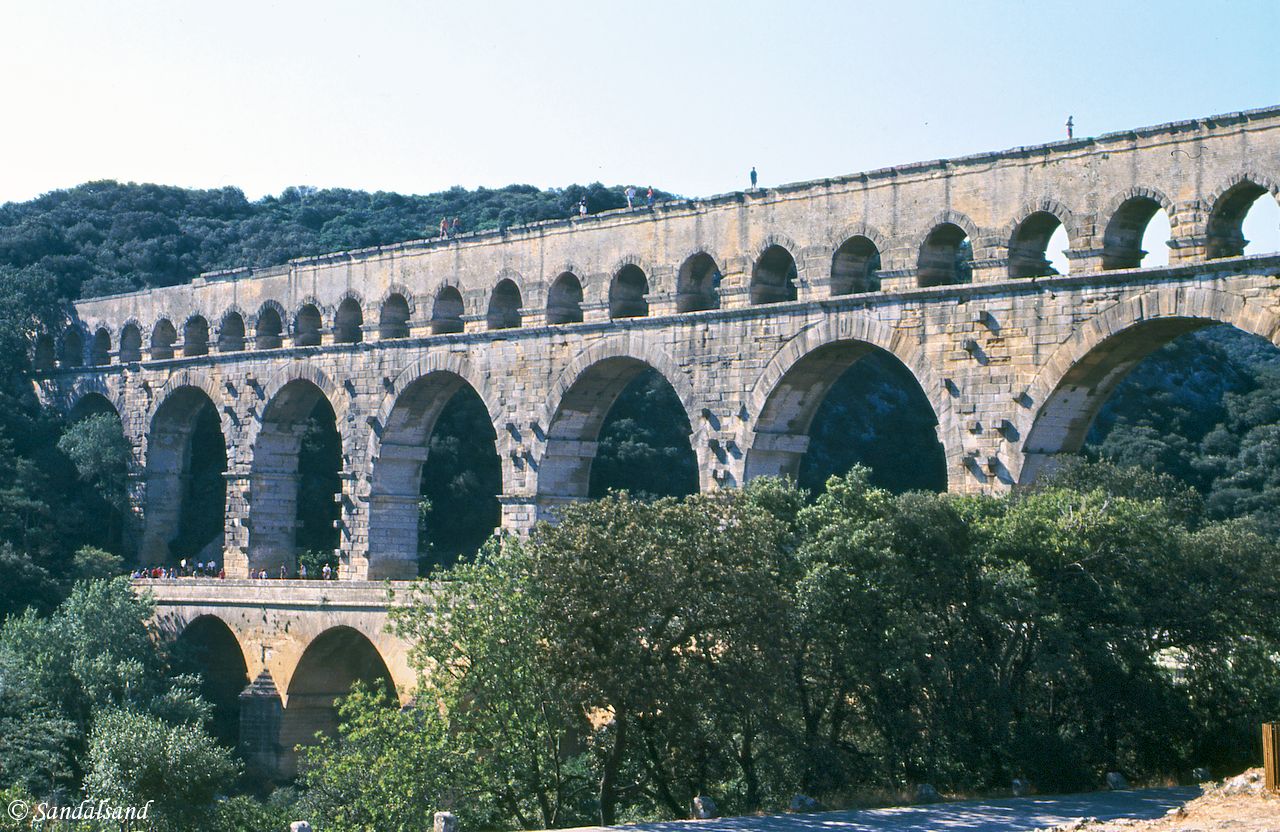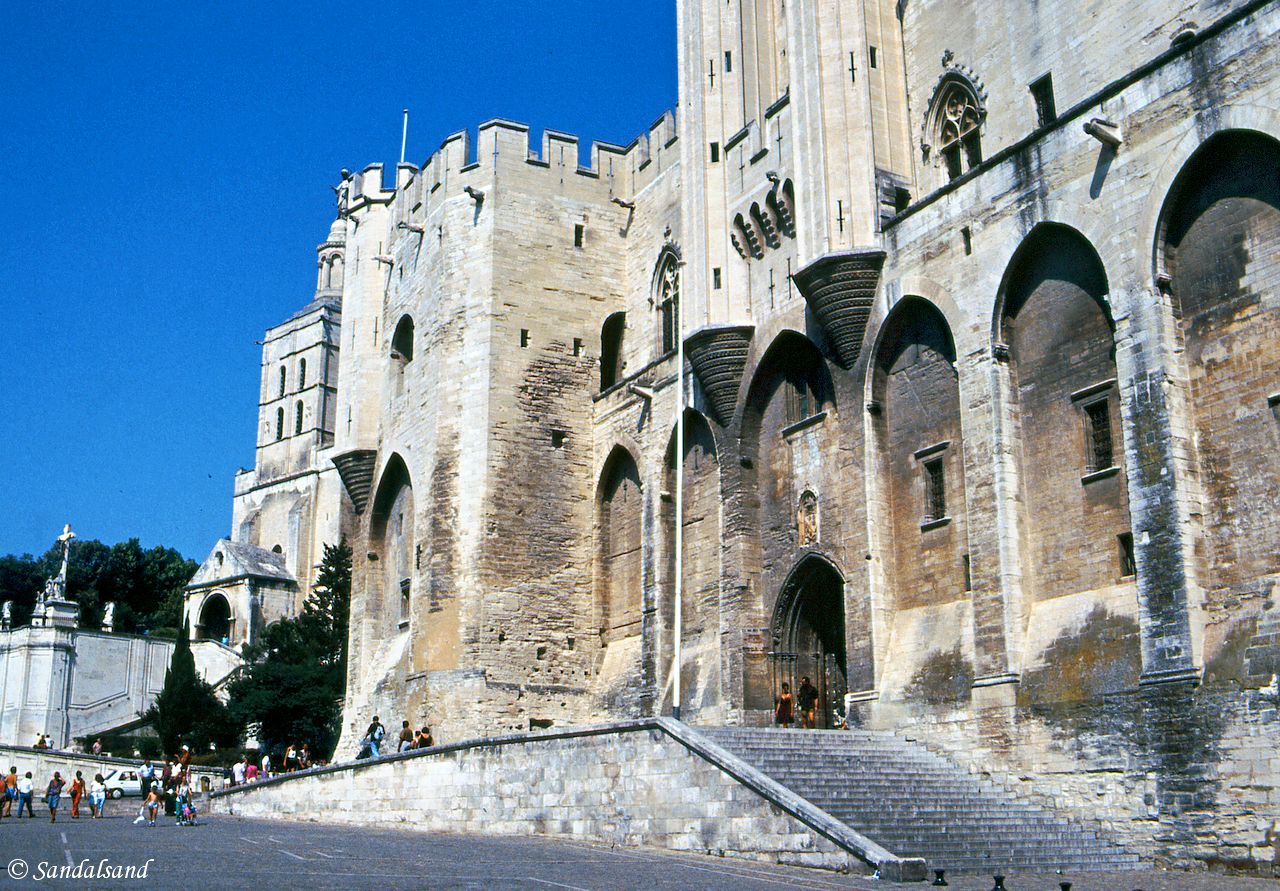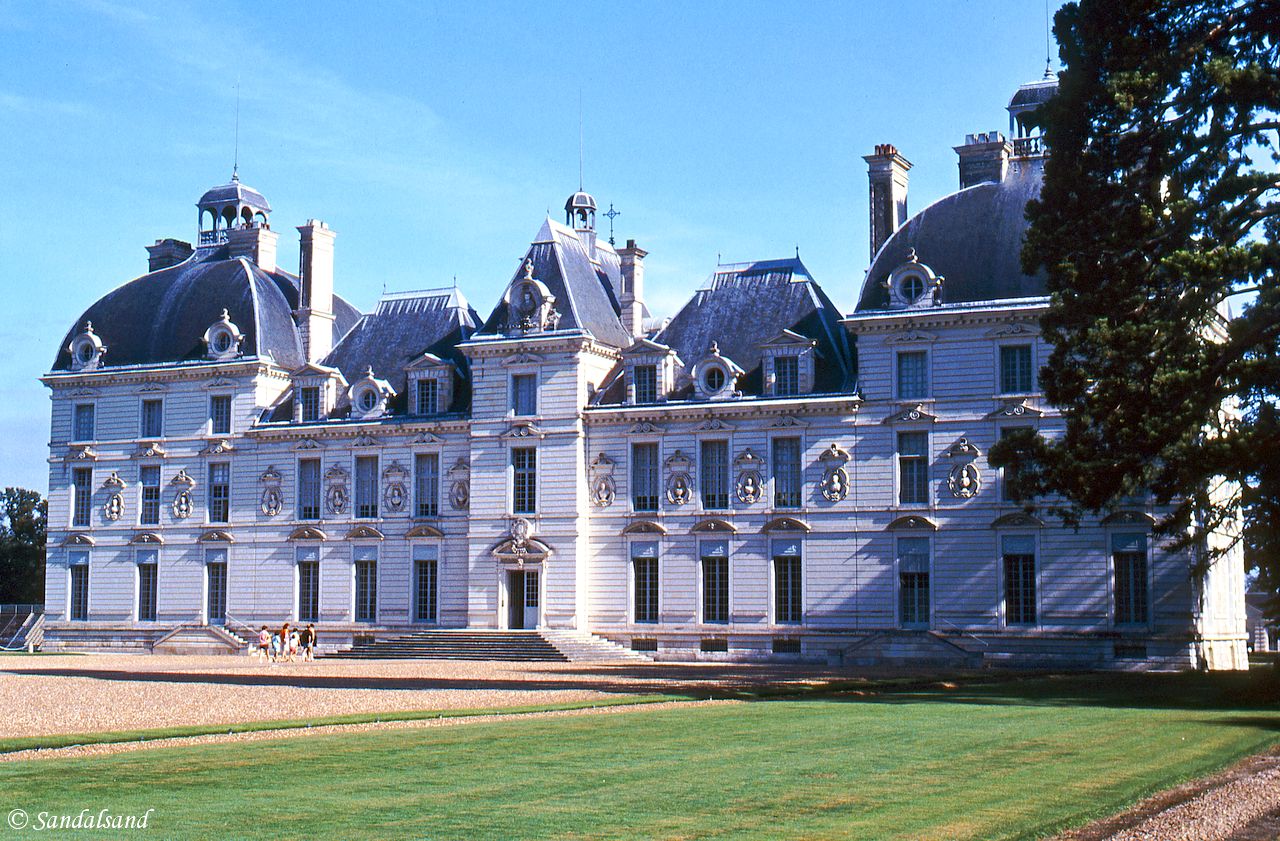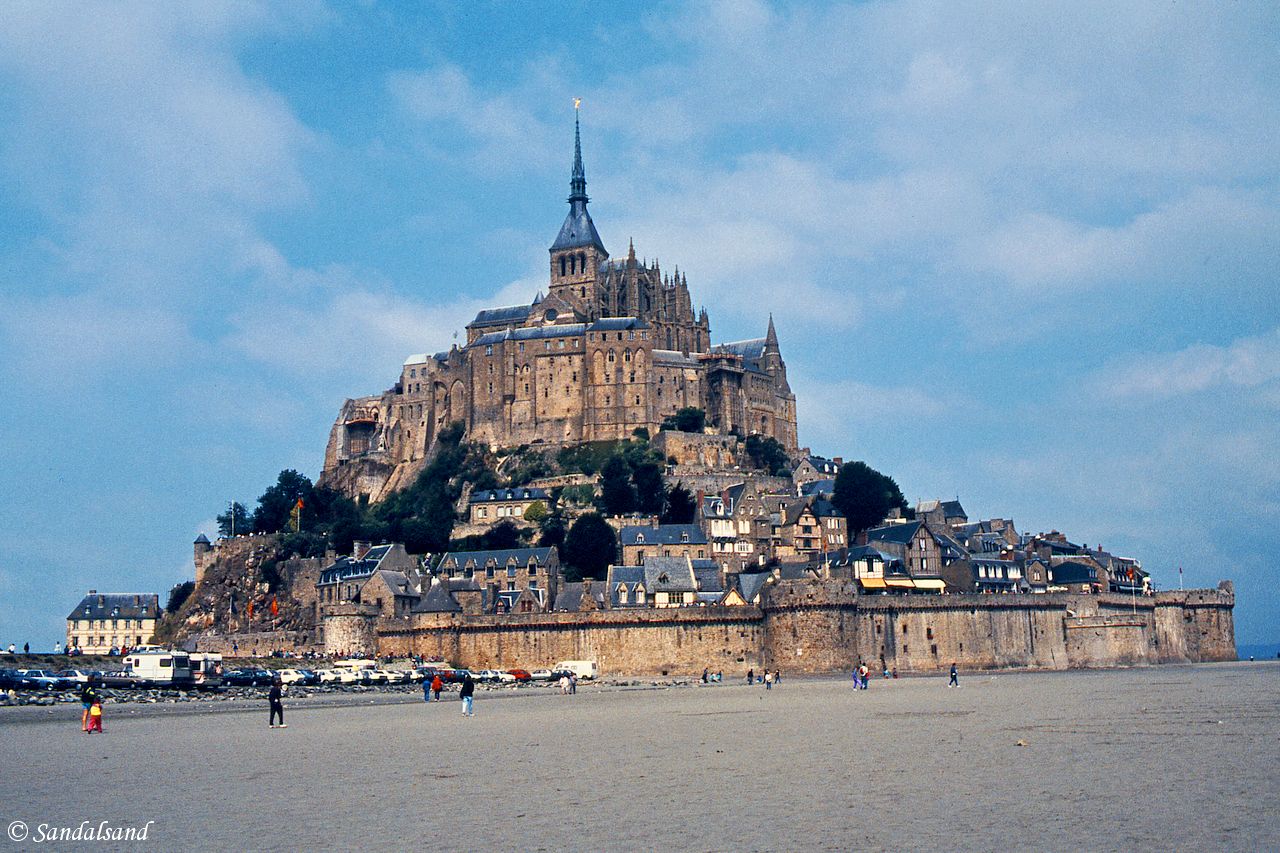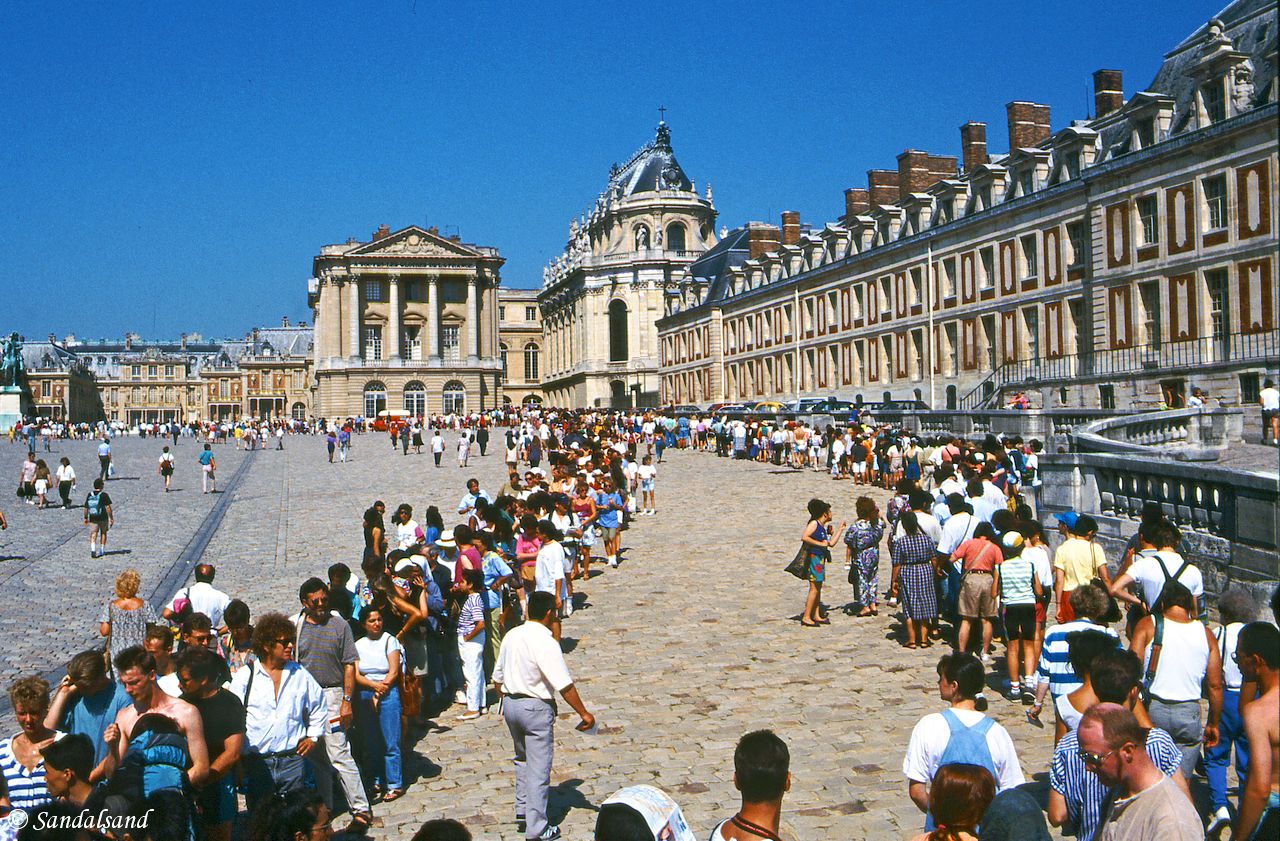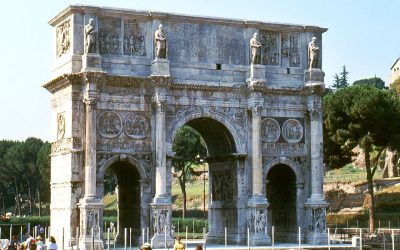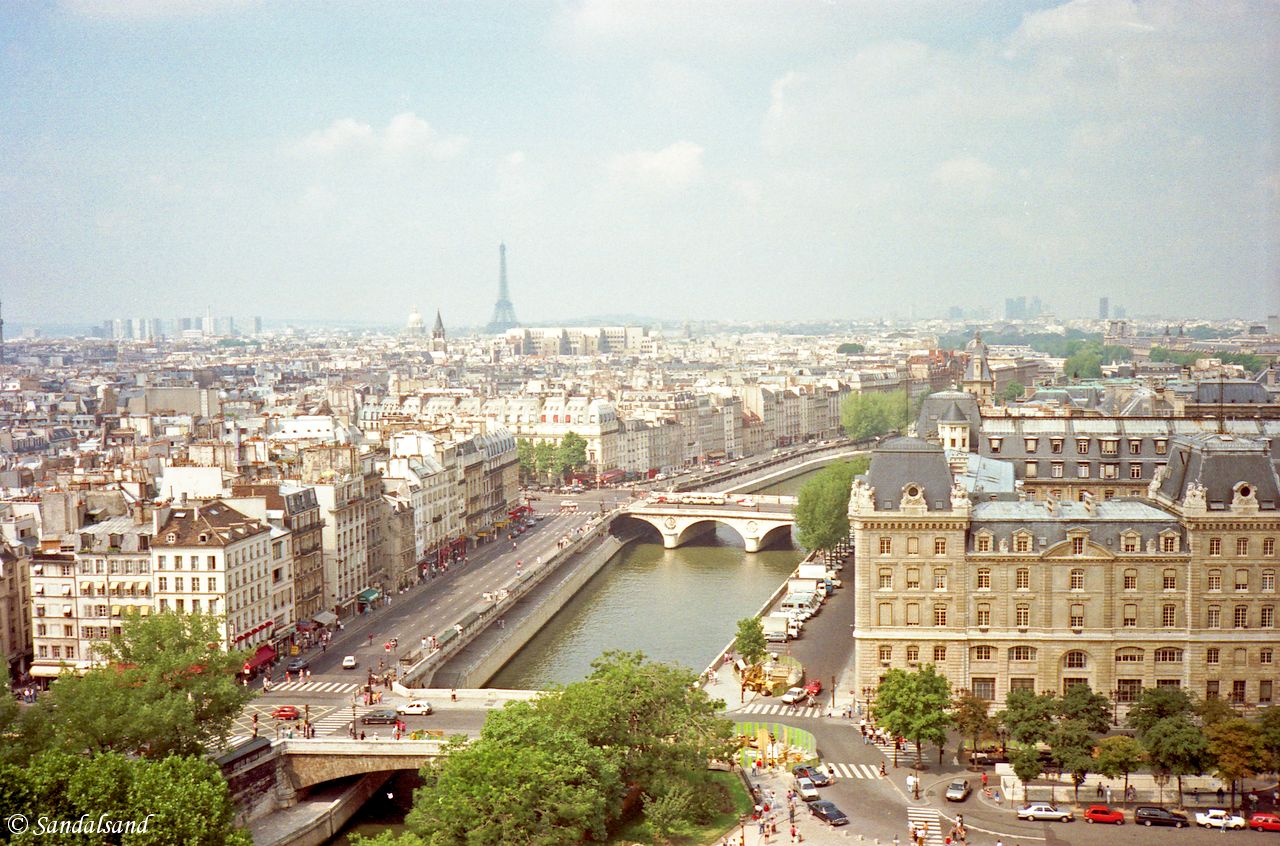World Heritage Sites
The UNESCO World Heritage List includes more than a thousand properties of outstanding universal value. They are all part of the world’s cultural and natural heritage.
UNESCO’s World Heritage Centre is responsible for the World Heritage List. The first inscription was in 1978. Since then UNESCO has developed the criteria and added an average of 20-30 sites each year.
It includes 1,248 sites in 170 “States Parties” (countries). A site is categorised as cultural heritage (972 sites), natural (235) or a mix of the two (41 sites).
On this page you will get to learn more about the heritage sites and where they are. Moreover, Sandalsand’s large collection comes on display. The reader will get a four-way path into this collection. First, on a map. Second, in a table. Third, in a video.
Fourth and last, but not least, there are links to articles on Sandalsand which describe each visited site.
The featured illustration with intricate carvings, is a detail from the Monastery of Batalha, Portugal.
About
Thoughts
Regions
Videos
Map
Table
Posts
About the World Heritage Sites
Properties on the World Heritage List must (a) be of outstanding universal value and (b) meet at least one of the ten selection criteria. UNESCO writes that until the end of 2004, World Heritage sites were selected on the basis of six cultural and four natural criteria.
With the adoption of the revised Operational Guidelines for the Implementation of the World Heritage Convention, only one set of ten criteria exists. All ten criteria are listed below, however Sandalsand has added two headlines (culture and nature) because the set of criteria still relates to two sets.
Culture
(i) to represent a masterpiece of human creative genius;
(ii) to exhibit an important interchange of human values, over a span of time or within a cultural area of the world, on developments in architecture or technology, monumental arts, town-planning or landscape design;
(iii) to bear a unique or at least exceptional testimony to a cultural tradition or to a civilization which is living or which has disappeared;
(iv) to be an outstanding example of a type of building, architectural or technological ensemble or landscape which illustrates (a) significant stage(s) in human history;
(v) to be an outstanding example of a traditional human settlement, land-use, or sea-use which is representative of a culture (or cultures), or human interaction with the environment especially when it has become vulnerable under the impact of irreversible change;
(vi) to be directly or tangibly associated with events or living traditions, with ideas, or with beliefs, with artistic and literary works of outstanding universal significance. (The Committee considers that this criterion should preferably be used in conjunction with other criteria);
The figures below illustrate how many times each Cultural criterion has been assigned. (Most properties score on two or more criteria; hence the large overall numbers.)
(i)
(ii)
(iii)
(iv)
(v)
(vi)
Nature
(vii) to contain superlative natural phenomena or areas of exceptional natural beauty and aesthetic importance;
(viii) to be outstanding examples representing major stages of earth’s history, including the record of life, significant on-going geological processes in the development of landforms, or significant geomorphic or physiographic features;
(ix) to be outstanding examples representing significant on-going ecological and biological processes in the evolution and development of terrestrial, fresh water, coastal and marine ecosystems and communities of plants and animals;
(x) to contain the most important and significant natural habitats for in-situ conservation of biological diversity, including those containing threatened species of outstanding universal value from the point of view of science or conservation.
The figures below illustrate how many times each Nature criterion has been assigned.
(vii)
(viii)
(ix)
(x)
Some thoughts
An inscription on the World Heritage List is generally regarded as an honorary tribute. It will also boost both commercial and preservation activities in or at the site.
Step one is to raise an awareness worldwide to the importance of preserving these sites for future generations. The next step is to do something about it, in other words to set up a conservation plan for the site. The final step is to live by it. These are very demanding tasks for all parties, and there are undoubtedly both economic and culture factors at play here.

UNESCO’s sign is found on many World Heritage Sites. The one pictured here is from Bryggen, in Bergen, Norway.
Some sites have been removed from the list. There have also been controversies between the WHC and a country relating to the future development of the site (like a particular bridge in Germany). Other removals have been obvious because the criteria are no longer met (such as the extinction of a particular bird in Oman).
With these cases in mind, one should note that the WHC operates a list of 56 properties in danger (2024).
Relative distribution of sites
When we look at the full site map, we immediately notice the prevalence of sites in Europe and North America (in reality Europe mostly). Nonetheless, almost the entire world is covered. That is actually no little achievement for the world community.
The following illustrations follow the WHC categorisation of world regions and show the relative distribution of sites.
%
Arab States
%
Africa
%
Latin America and the Caribbean
%
Asia and the Pacific
%
Europe and North America
Sites on a map
Drag and zoom on the map below to find sites visited by Sandalsand in more detail. Click on a marker to reveal the name and open the article about it. You will find the same links further down this page. Find all WHC sites on another Sandalsand map.
I have had my doubts what to do with Liverpool. It was once a World Heritage Site, but was delisted by UNESCO following a controversy with the city authorities. It is my hope it will be re-enlisted some time in the near future, so I have kept the article. However, I removed it from this map as well as from the table below.
Sites in a table
Here are the same sites in a table but with less information compared to the map markers above. Show more rows at a time, sort the table as you like, or search for a specific term. Click on a link to open that particular post.
Sites in 70 countries
It could be that “heritage tourism” is spreading along with the eco-tourism trend. Sandalsand has only in later years become conscious of it.
It was never my idea to become a collector of heritage sites, but I have nonetheless been to a large number. In recent years I have become more intent to visit a “world heritage” when I travel. I suppose that may be one of the purposes of such an official list in the first place.
In any case, I am not satisfied that I visited the pleasant town of Weimar in Germany without exploring the examples of Bauhaus architecture. Likewise, I went to the town of Pécs in Hungary without a look at the Early Christian Necropolis. (To my possible excuse: Neither of them was on the List at the time of my visit.)
Sandalsand’s list is a representative summary of UNESCO’s. It covers the world, and the majority are in Europe. Also, it features sites in both (all) categories: 199 cultural, 14 natural, and 6 combined sites.
Read about each site in separate articles. They include:
- The official and my personal descriptions of the site
- A link to the official UNESCO web page
- My photographs or video
- A link to the article(s) describing the context of my visit(s)
The articles offer short introductions to fabulous destinations around the world. Enjoy!
Here they are, the World Heritage Sites visited by Sandalsand. In my view, they are all lovely destinations.
World Heritage #0271 – Church of Wies
What does a Rococo church look like? Come to the church of Wies and enjoy this strikingly beautiful church. The UNESCO World Heritage List includes...
World Heritage #0169 – Würzburg
There are a few palaces on the World Heritage List, and Würzburg in central Germany is not the least impressive. The UNESCO World Heritage List...
World Heritage #0623 – Goslar
Mining innovation and the pretty town of Goslar. These are the key words about this heritage site in the middle of Germany. The UNESCO World...
World Heritage #0369 – Giant’s Causeway
There are many strange rock formations around the world. The ones at Giant's Causeway are astonishingly beautiful as well, situated on a rough...
World Heritage #0934 – Madeira
The island of Madeira in the Atlantic Ocean is green, humid and lovely. The forest is unique and so is the wine. The UNESCO World Heritage List...
World Heritage #1195 – West Norwegian Fjords
The West Norwegian Fjords are on the World Heritage List. Norway is famous for its fjords, and there are many of them along the western coast. Two...
World Heritage #0055 – Røros Mining Town
The Røros Mining Town and the Circumference is located high in the mountain plateaus of central Norway. This town boasts a very authentic atmosphere...
World Heritage #0485 – Hierapolis-Pamukkale
Come for a bath and a look at the great white terraces of the heritage site Hierapolis-Pamukkale in central Turkey. The UNESCO World Heritage List...
World Heritage #0495 – Strasbourg
Strasbourg is a very nice town to walk around in, parts of which set you back a few hundred years in time. The UNESCO World Heritage List includes...
World Heritage #1635 – Nice
Nice, the very popular town on the French Riviera, is part of the World Heritage List. UNESCO calls it a winter resort town, but Nice is in fact a...
World Heritage #0394 – Venice and its Lagoon
This world heritage is about a sinking city left to rot, or Venice and its Lagoon. Perhaps not. There is a constant fight against the forces of...
World Heritage #1026 – Val d’Orcia
The Val d'Orcia is a valley designed hundreds of years ago to look good, and it still does. Join me on a visit to this Italian landscape. The UNESCO...
World Heritage #0717 – Siena
Incredibly crowded, not least during the annual festivities in July, Siena is a must-see town in Tuscany, Italy. The UNESCO World Heritage List...
World Heritage #0395 – Pisa
In the Italian town of Pisa, the Piazza del Duomo is a World heritage site. The "campanile" of Pisa is probably one of the world's most photographed...
World Heritage #0174 – Historic Centre of Florence
The Italian city of Firenze (Florence) played a very central part in the transition between the Middle Ages and the new times. Join me on a visit to...
World Heritage #0286 – Vatican City
Home to the Pope and the world's largest church, the Vatican City is a sovereign state and the centre of the Roman Catholic church. The UNESCO World...
World Heritage #1708 – Via Appia
We often say that all roads lead to Rome. The Via Appia used to be the most important of these roads. It is still there, partially. The UNESCO World...
World Heritage #0344 – Pont du Gard (Roman Aqueduct)
There are many Roman aqueducts to be found throughout Europe, but few as impressive as Pont du Gard. The UNESCO World Heritage List includes more...
World Heritage #0228 – Avignon
Corrupt popes and internal fights for power in Rome lay the grounds for the rise of Avignon as an important town. The UNESCO World Heritage List...
World Heritage #0933 – Loire Valley
The Loire Valley in the central parts of France, offers beautiful scenery and some amazing palaces set on the river banks. The UNESCO World Heritage...
World Heritage #0080 – Mont-Saint-Michel
The Mont-Saint-Michel is one of many monasteries located on remote hilltops, but few are as large and iconic as this one. The UNESCO World Heritage...
World Heritage #0083 – Versailles
The palace and park of Versailles is huge, extravagant and beautiful. It continues to draw admirers from near and far. The UNESCO World...
World Heritage #0091 – Historic Centre of Rome
All roads lead to the Historic Centre of Rome, they would say two thousand years ago. Today too, one might add. The UNESCO World Heritage List...
World Heritage #0600 – Paris
There is an enormous amount of sights in Paris, on the banks of the Seine. The central parts of the French capital is a world heritage. The UNESCO...
It is not down in any map; true places never are. (Herman Melville)

